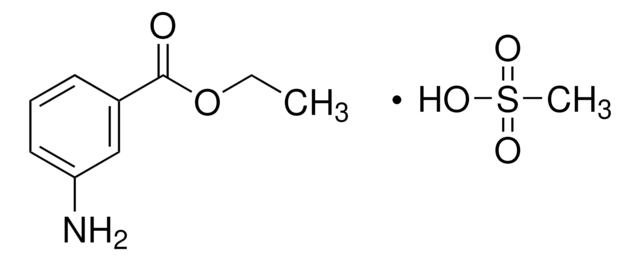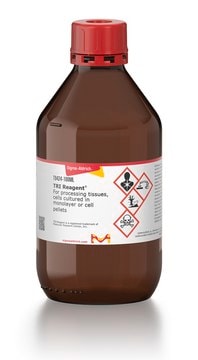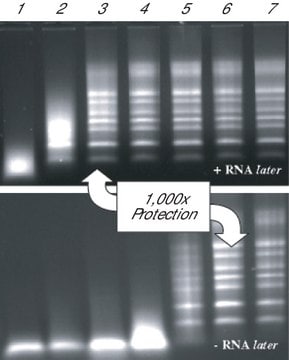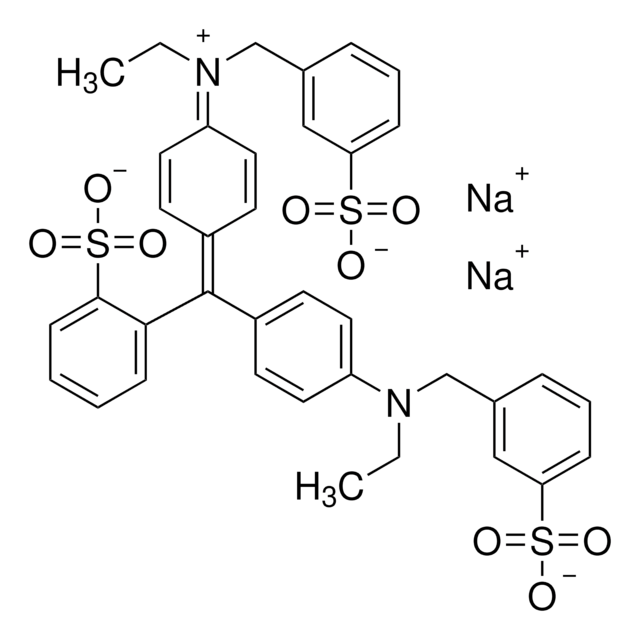A5040
Ethyl 3-aminobenzoate methanesulfonate salt
analytical standard
Synonym(s):
MS-222, Tricaine
About This Item
Recommended Products
grade
analytical standard
Quality Level
technique(s)
HPLC: suitable
gas chromatography (GC): suitable
mp
~148 °C
application(s)
forensics and toxicology
pharmaceutical (small molecule)
format
neat
SMILES string
CS(O)(=O)=O.CCOC(=O)c1cccc(N)c1
InChI
1S/C9H11NO2.CH4O3S/c1-2-12-9(11)7-4-3-5-8(10)6-7;1-5(2,3)4/h3-6H,2,10H2,1H3;1H3,(H,2,3,4)
InChI key
FQZJYWMRQDKBQN-UHFFFAOYSA-N
Looking for similar products? Visit Product Comparison Guide
General description
Application
- Preparation of an anti-TMS monoclonal antibody (mAb) for the analysis of tricaine in fish samples using a lateral-flow immunochromatographic strip (LF-ICS) method
- Modified QuEChERS-based sample extraction of tricaine methanesulfonate from blood, muscle, and liver samples obtained from carp fish for its analysis by high-performance liquid chromatography-tandem mass spectrometry (HPLC-MS/MS)
- Multi-residue detection of tricaine mesylate and malachite green in aquaculture water, fish, and shrimp samples using tricolor immunochromatographic test strip with double test lines (TS-DTL)
- Analysis of water samples for MS-222 using solid phase extraction for sample treatment and liquid chromatography/tandem mass spectrometry (LC-MS/MS) for determination
Other Notes
signalword
Warning
hcodes
Hazard Classifications
Aquatic Chronic 3 - Eye Irrit. 2 - Skin Irrit. 2 - STOT SE 3
target_organs
Respiratory system
Storage Class
11 - Combustible Solids
wgk_germany
WGK 3
flash_point_f
Not applicable
flash_point_c
Not applicable
ppe
dust mask type N95 (US), Eyeshields, Gloves
Choose from one of the most recent versions:
Already Own This Product?
Find documentation for the products that you have recently purchased in the Document Library.
Customers Also Viewed
Our team of scientists has experience in all areas of research including Life Science, Material Science, Chemical Synthesis, Chromatography, Analytical and many others.
Contact Technical Service











